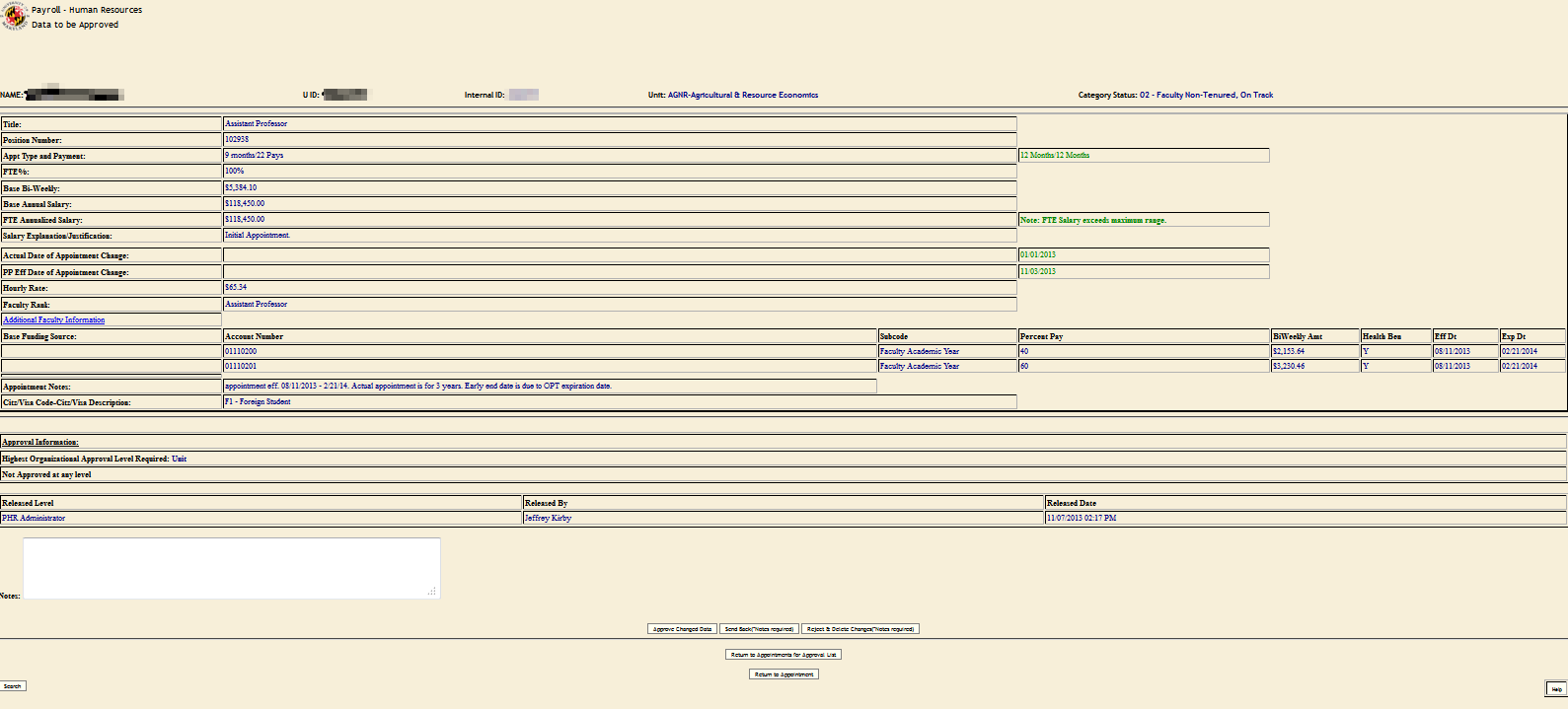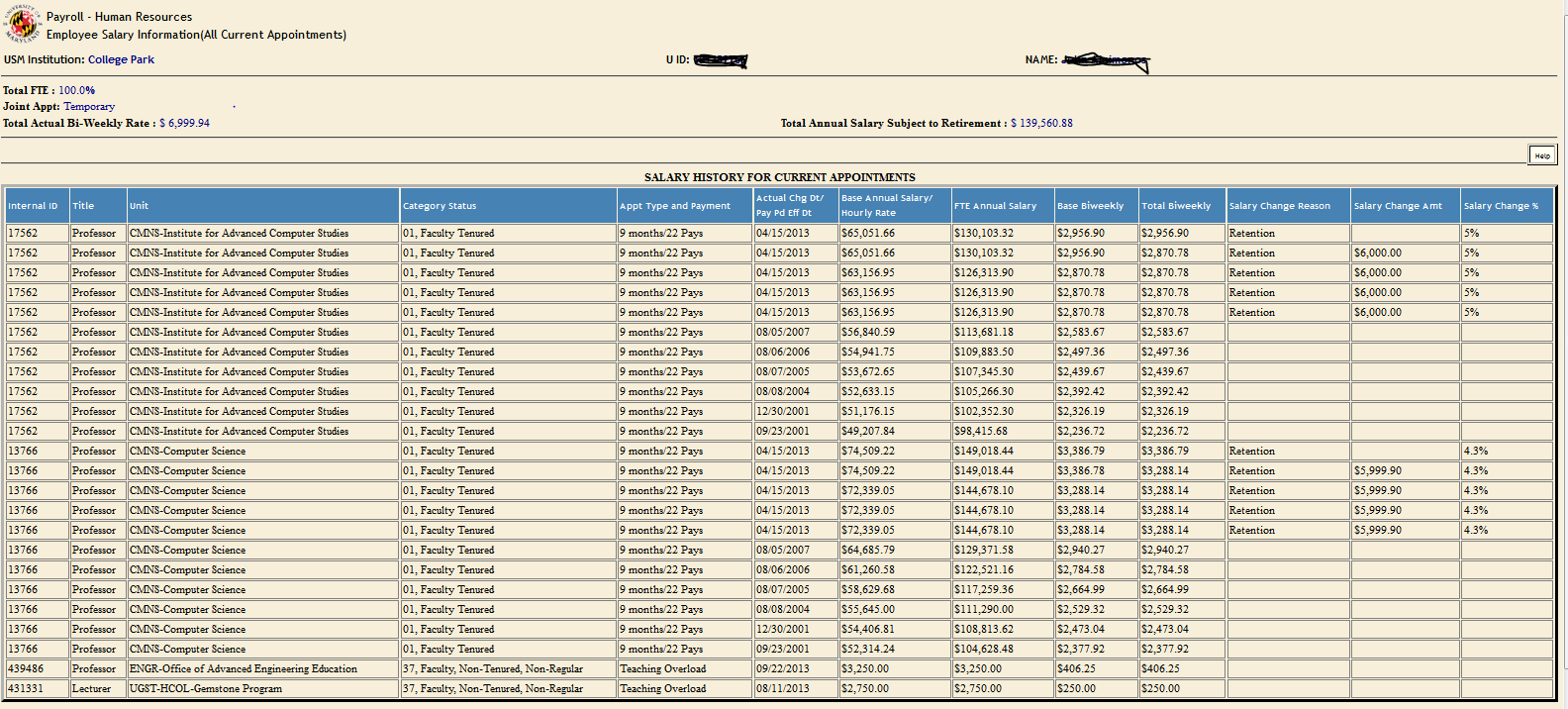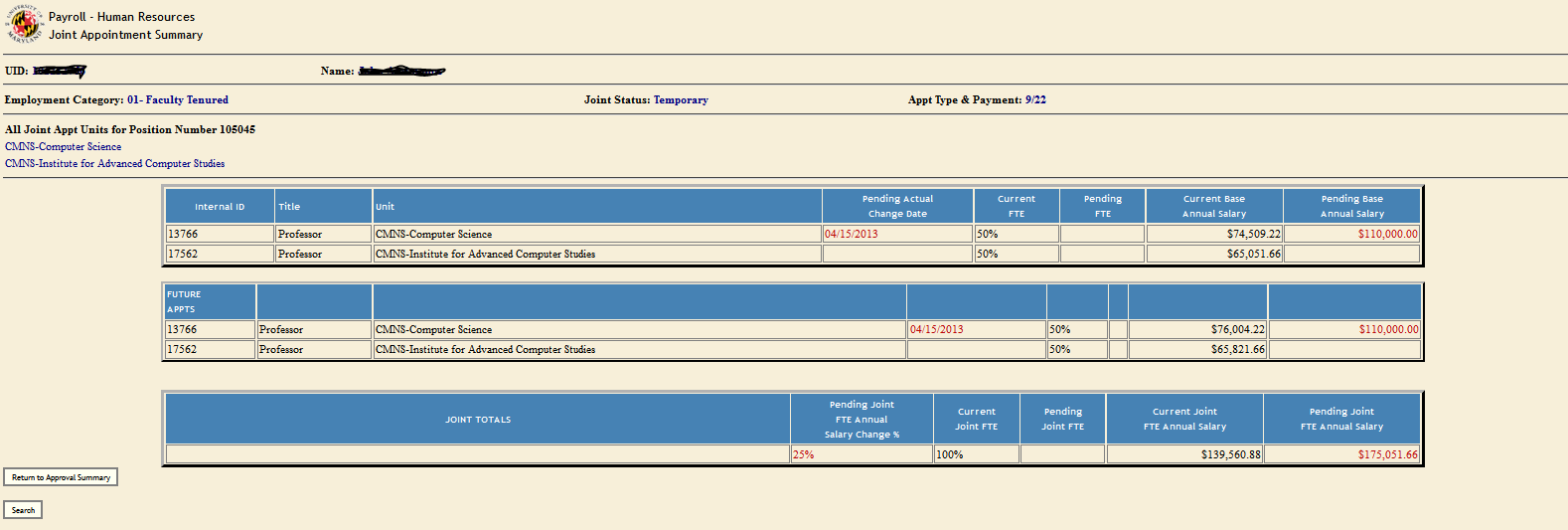Approving Basics
The PHR system requires that an “approver” approve most types of transactions prior to activation in the system.
Approvers cannot approve transactions that they have created in the PHR system. Most transactions for exempt, non-exempt, and hourly employees require this “one-step” approval. Generally, the transaction is created within the employing unit and then approved within the same unit. Most faculty transactions require various institutional approvals, or” Tiered Routing”, prior to activation in the PHR system. “Tiered Routing” specifics can be found in chapter 6.2.
Approving in the PHR system simply requires a “one click” action to:

“Sending Back” or “Rejecting” transactions does require the approver to insert a note. the note will be forwarded to all previous approvers and the creator through email. PHR system email notifications can also be used to facilitate valuable communication between approvers and/or creators by “Reply to All” when an approver does not want to initiate an approve action in PHR but would like to communicate with other approvers, or the transaction creator.
The PHR “Approval Summary” page displays all new, or, initial information for newly created appointments or all changed data for changes to current appointments. Changed data is always displayed in “Green” next to the existing data.

The “Approval Summary” page also contains active links to the employee’s:
“Faculty Information” (if applicable)

Including the employee’s education data, appointment duties, and tenure home.
“Employee Salary History” (if applicable)

Including all salary changes for the current and former appointments within the users access unit(s) and also displays all joint appointment unit salaries and changes.
“Joint Appointment Information” (if applicable)

Including salary and FTE data (active and pending) for each joint appointment unit.
